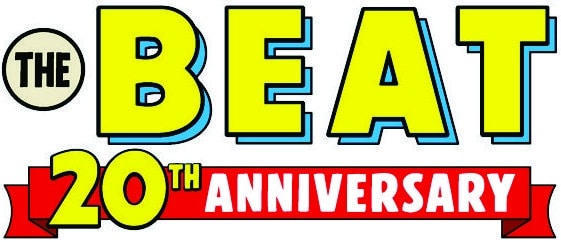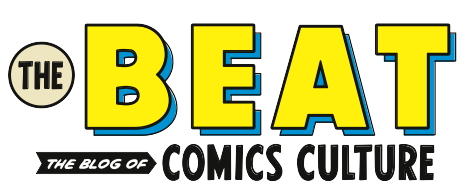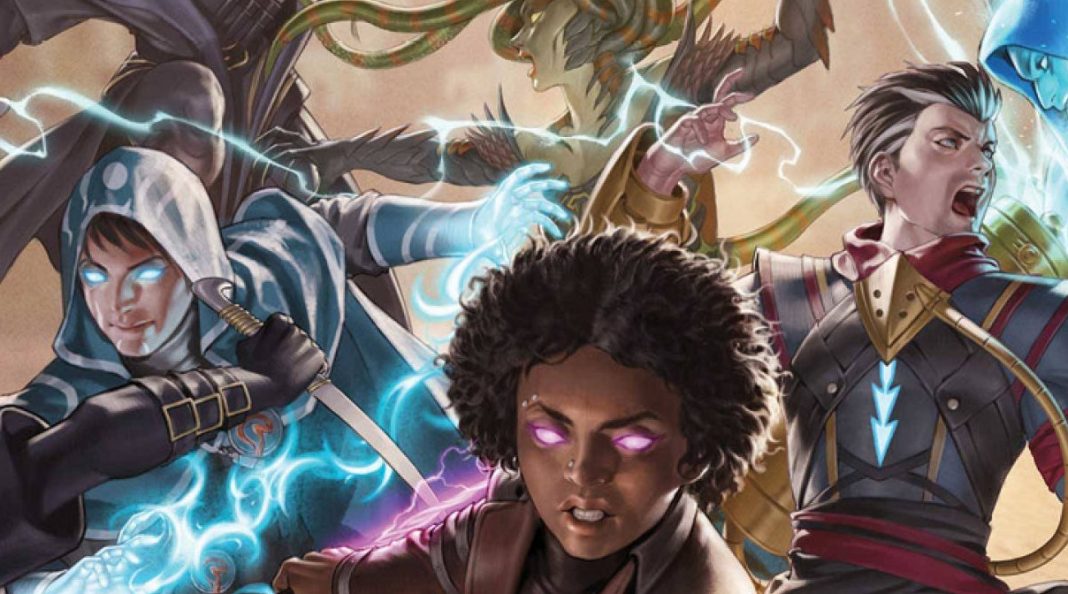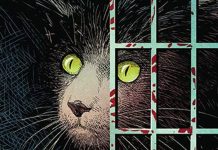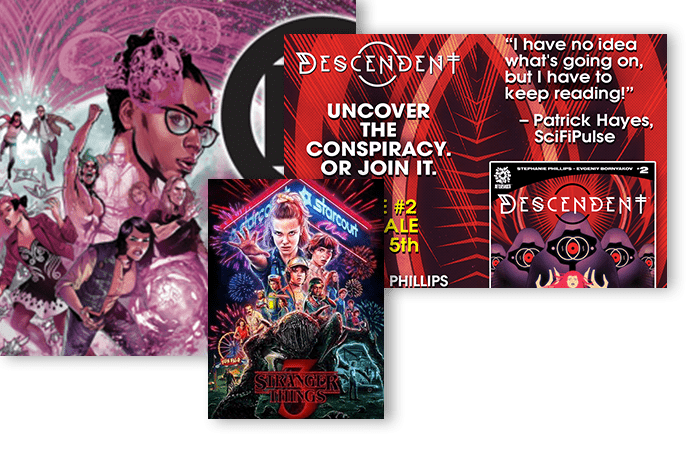When faced with writing for a long-standing property such as Magic: The Gathering, one must decide whether to strip everything down to its basics to make it accessible or to just dive into the deep part of the mana pool. Writer Jed MacKay chose the latter for his take on the Magic multiverse, which kickstarts Boom Studios’ tenure with the license.
Alongisde Ig Guara on art, Arianna Consonni on colors, and Ed Dukeshire on letters, MacKay steps into this new line of comics with a mind to drop heavy amounts of lore and universe-spanning threats all while honoring the history and legacy of the famed card game.
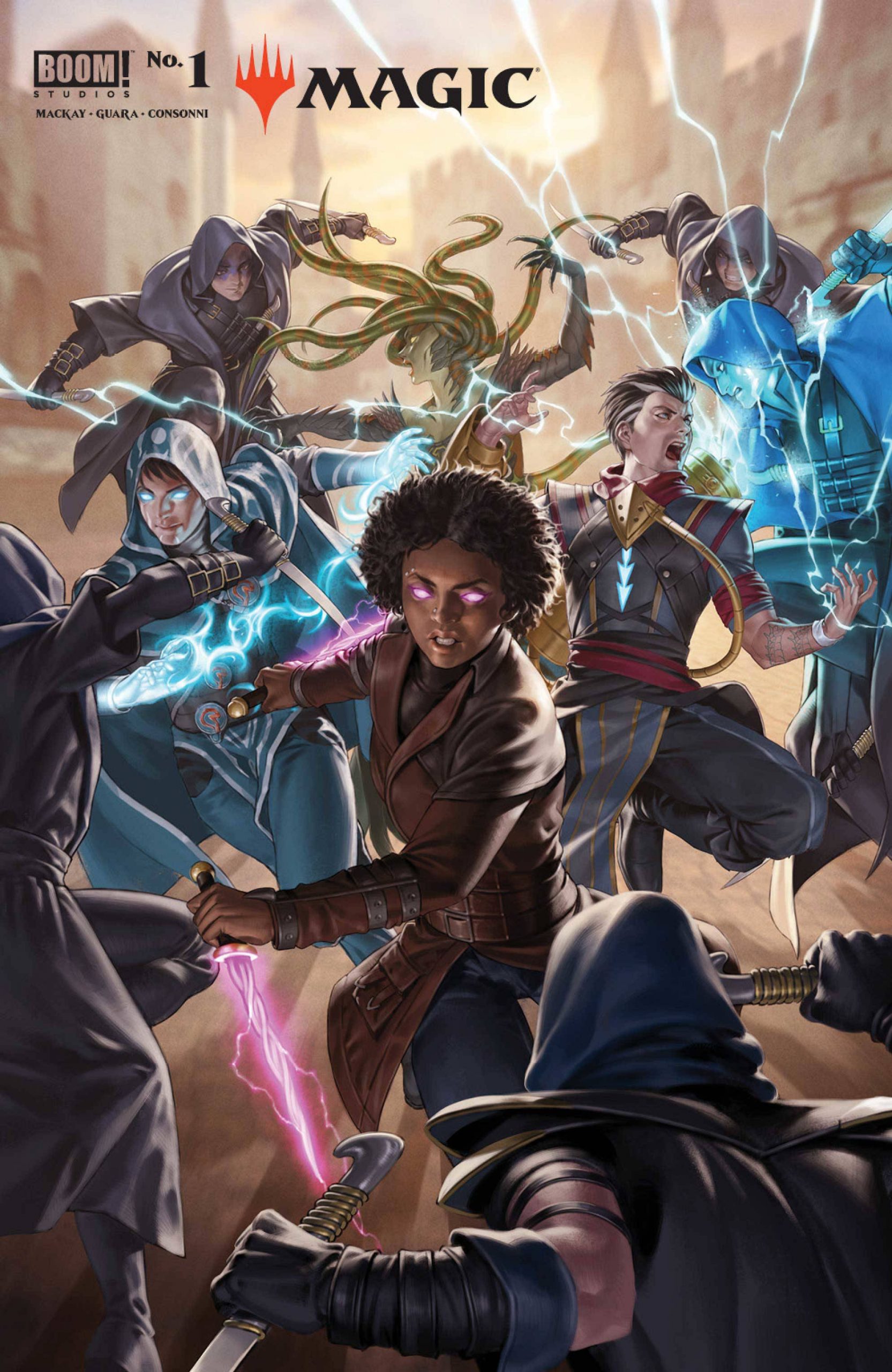
The first story arc follows a group of Planeswalkers that are haphazardly brought together after a series of assassination attempts forces them into an alliance. It all begins in Ravnica, a location fans will be instantly familiar with, but promises to expand into other more deeply cut corners of its worlds.
It’s quite the endeavor putting together a comic book series based on cards that house volumes of story within distinct sets and expansions. Players come into Magic with the expectation of deck building and magical identity creation, predicated on the color coded elemental categories that serve as the game’s main source of power and action. In essence, a single blue or red deck constructed under the specifics of an unique card expansion can tell an entirely different story than that of another deck built from the same expansion.
Needless to say, a good grasp on storytelling isn’t just necessary to attempt to comprehend the Magic universe, it’s essential to surviving the process of putting together the hundreds upon hundreds of varying and shifting story elements the game is known for into a coherent and enticing comic book experience.
Fortunately, Jed MacKay knows Magic and proves to be up to the task, something that is apparent from the very first pages of the first issue of the series. The Beat sat down with MacKay to talk how one wrangles the sprawling universe that springs from the cards and then translate it into comics.
RICARDO SERRANO: The first issue of MAGIC is all about lore and world building, and a lot of it. Did you find the actual playing cards helped in the process or did you decide to focus more on the extended universe material?
JED MACKAY: Everything kind of goes hand in hand. In terms of the cards, that’s where the lore stems from. The cards are then later influenced by the already established lore and so it goes. I have a fair amount of background in Magic from when I was younger. I was very keen on it in the 90s. I still got like a big box of cards, just in the other room. But I was out of it for a long time. When I had the opportunity to work on this book, I had to do a lot of catching up. So I was doing a lot more deep dives into the game.
There are so many things that you can bring into a story like this thanks to the playing cards, things that are already established, already designed, and already loved by the players and the fans. It’s just a matter of picking things up and plugging them in. So, you know, I don’t have to come up with strange and bizarre creatures to populate this world because they’re already there. And people want to see that.

SERRANO: Magic cards have seen several changes over expansions, but there’s still a kind of feel to their design that remains with them since the game first released. Does Magic have a particular look and feel you knew you needed to capture?
MACKAY: Yeah, I mean, that’s part of the reason why we started in Ravnica, which has in the past and for many years been sort of a central point for the universe. It’s kind of the home base for a lot of these characters. It’s the Magic version of Marvel’s New York, which makes Ravnica itself a character in its own right. It’s just so characteristic of what the Magic property has become, you know, with this strange architecture and bizarre creatures and rival factions. Plus it’s such a great place to take these Planeswalker characters and throw them in there and see how they bounce off of each other.
From there you can move out and expand and explore the greater multiverse. Magic does have a distinct look, but it might be more accurate to say it has a lot of distinct looks. You go anywhere from pirates to dinosaurs, from the gothic horror of Innistrad to the brutal Viking fantasy of Kalheim. There’s so much out there. We set it in Ravnica because I think it was a real point of familiarity for people who are fans of the property, but also a really exciting thing for people who are new to the property and just kind of want to see what’s going on.
SERRANO: You’ve written for Marvel and established characters before, like Black Cat and Taskmaster. Do you find certain differences or similarities when writing Magic in comparison to writing for these other licenses, perhaps in terms of expectations or what the characters are supposed to be? I know Magic itself has a very vast universe with a lot of different interpretations.
MACKAY: There’s something very similar about it, especially with this property. Planeswalkers are very much the superheroes of the Magic world. They’re characters that have greater abilities than your common wizard or magician. These are people that have powers and abilities that set them apart from the rest of this universe.
In that respect, it’s a really familiar thing to work with there. But also, this is taking characters who, for the most part, did not exist in the comic book world, and then turning them into comics. So there’s going to be a certain amount of interpretation or adaptation, although not to the point where I feel like these are going to be different characters that longtime fans will not recognize.
Anytime you make a jump from one medium to another, something is going to change. And I think that the trick that we’ve been trying to do is to do this in an interesting way that’s visually exciting and very much a comic book kind of thing. Of course, we have to do that while still remaining true to who these characters are, to their core motivations and the things that they want to accomplish within their plane of existence.

SERRANO: What else can we expect from this new chapter in Magic history?
MACKAY: One of the things about Magic as a property is that you’re kind of spoiled for options. The goal is for this title to be a mothership, so to speak. Magic is a huge license and so we’re trying to make this a huge book. It’s not telling little stories here and there.
We want this to be like the real blockbuster Magic title, with the idea that this could spawn different things moving in other directions. We want this to really be the engine that pushes the property forward, and then see what we can trail off behind that.
SERRANO: Okay, last question. You said you played Magic growing up. Was there any particular kind of deck or mana element you preferred and perhaps hope to incorporate more of into the comic?
MACKAY: To a certain extent, like when I was younger, I used to go straight blue decks, because it’s just really obnoxious to play against. I thought that was a lot of fun. I didn’t care if I won or lost, I just really wanted to raise my opponent’s blood pressure. I don’t know if that’s a specific influence on the book. I mean, I have a lot of affection for a lot of different cards, especially the vintage ones, which you don’t necessarily see a lot of anymore. I’d love to be able to bring a few things back from Magic’s past, but the sights are on the future and that’s where we’re heading.
Magic #1 arrives in stores and digitally tomorrow.
